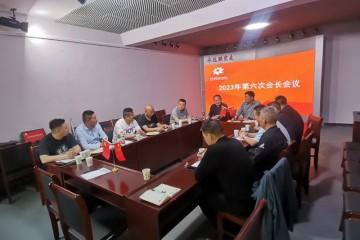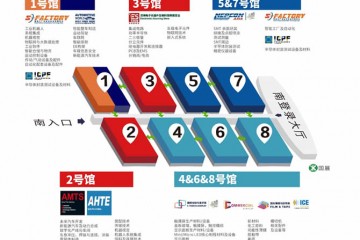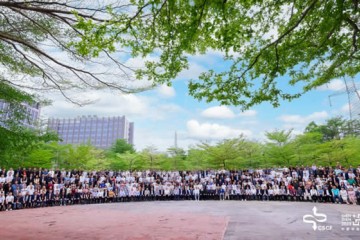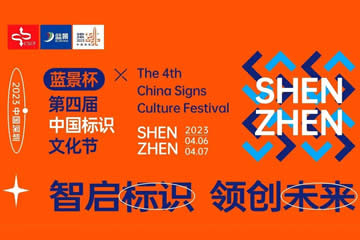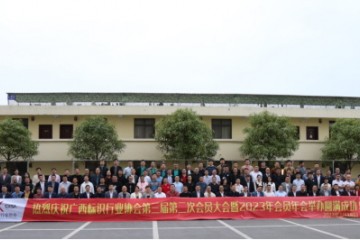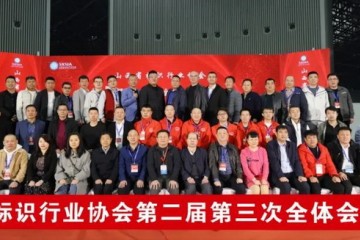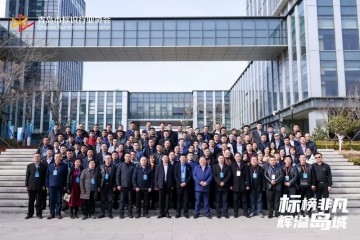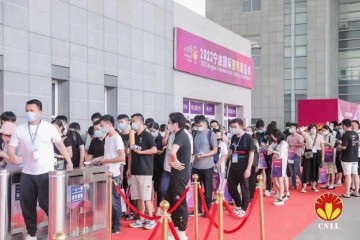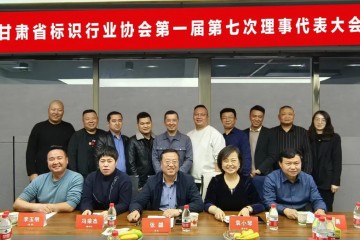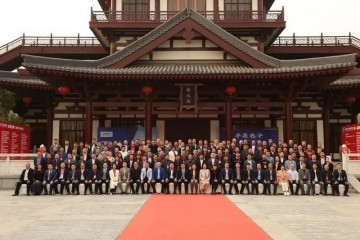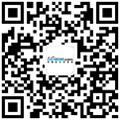A class in creating neon pieces fired John Perry's imagination. Then the light bulb went on, and the former sales manager for a large trucking company in Southern California realized how dissatisfied he was with corporate life. Perry soon opened a neon shop in Anaheim. "I hit the streets (selling neon signs), and didn't have a day off for six years," Perry said.
Over time, he moved to Phoenix and established three different businesses built on neon.
First came Neon Nightscapes in 1989.
Relocating to Phoenix from Anaheim in 1990 gave Perry the opportunity to build a stronger business model as a wholesaler. Neon Nightscapes soon began to compete in a thriving local market that had more than 25 companies bending glass to create neon signs.
Focusing on larger accounts with higher-end sign companies allowed Perry to become one of the largest neon wholesalers in Arizona. Today, Neon Nightscapes sells more than a thousand pieces monthly.
"In 1990, there were about 25 competitors in this market," he said. "We went after higher-end companies, larger accounts including some work for other wholesale companies - and we began doing some art pieces as well."
Making a neon sign begins with hollow glass tubes that come in 4-, 5- and 8-foot lengths. The tubes are scored while cold and then snapped apart and bent while hot. The air is pumped out, and the tube is then filled with neon or a mixture of neon and another gas like argon, mercury or phosphor. These mixes allow neon lights to glow with more than 150 possible colors.
Although neon signs declined in popularity during the 1960s, by the late '70s there was a major surge in interest, partly fueled by the use of neon in discos.
Disco helped feed a consumer demand for home-decor neon, which Perry met by creating Neon Now in 1990. The company sells an array of seasonal, whimsical and thematic neon art, and also creates custom pieces. It focuses on delivering within tight timeframes, on occasion designing and delivering custom pieces within a week or less.
In recent years, the neon market has been significantly affected by increasing imports from China and by the emergence of LED, or light-emitting diode, technology for lighted signs.
"LEDs have taken a huge chunk of the market and of lighting in general," Perry said. Neon and LED signs have a comparable cost and a comparable life span, he explained, but neon is more complicated to install.
However, "neon is brighter, and the colors are true. In fact, we just had a big job, with 4-foot letters for a business that had installed an LED-lighted sign. They took it out, and put neon in."
The LED sign wasn't bright enough for either owner or customers.
Nonetheless, "it's a changing industry," Perry said.
It's a changing company, too. Ever the businessman, Perry's looked to diversify to build a stronger business.
First, his continuing interest in creating glass art led to establishing an online business selling dichroic glass. A high-tech spinoff of the space industry, dichroic glass is a vivid glass of multiple colors, especially when viewed from different angles.
This past year, Perry moved the entire show to 8,000 square feet of refurbished space at 16th and Jefferson streets. There's space for a new gallery, dubbed J Street Glass, to showcase art glass work by Perry and other local artists.
Perry and his partner, Tamara Meyer, are offering classes in fused-glass work, as well as special commissions in neon work, such as signs and other major pieces for corporate events.
Corporate team building events can also be scheduled, during which business teams create fused-glass quilts appropriate for display.
With the city's new light-rail system about to glide past the company's front door, Perry anticipates increasing numbers of people will be drawn to the gallery and perhaps to classes in glass work.
He'd also like to focus more on his own glass art.
"I've always got art on my mind, a whole list of things I want to do, and a whole set of drawings," he said. "This (business) isn't a money thing. It's what I love to do."


